Exploring Sustainable Packaging Materials: Transforming the Future of Eco-Friendly Products
As consumers increasingly prioritize sustainability, the packaging industry is undergoing a significant transformation toward eco-friendliness. According to a report by Smithers Pira, the global sustainable packaging market is expected to reach $500 billion by 2027, driven by a growing demand for environmentally responsible products. Businesses are realizing that the choice of packaging materials not only impacts their carbon footprint but also influences consumer purchasing decisions. A survey by McKinsey & Company reveals that 57% of consumers are willing to change their buying habits to reduce environmental impact, underscoring the importance of selecting the right materials.
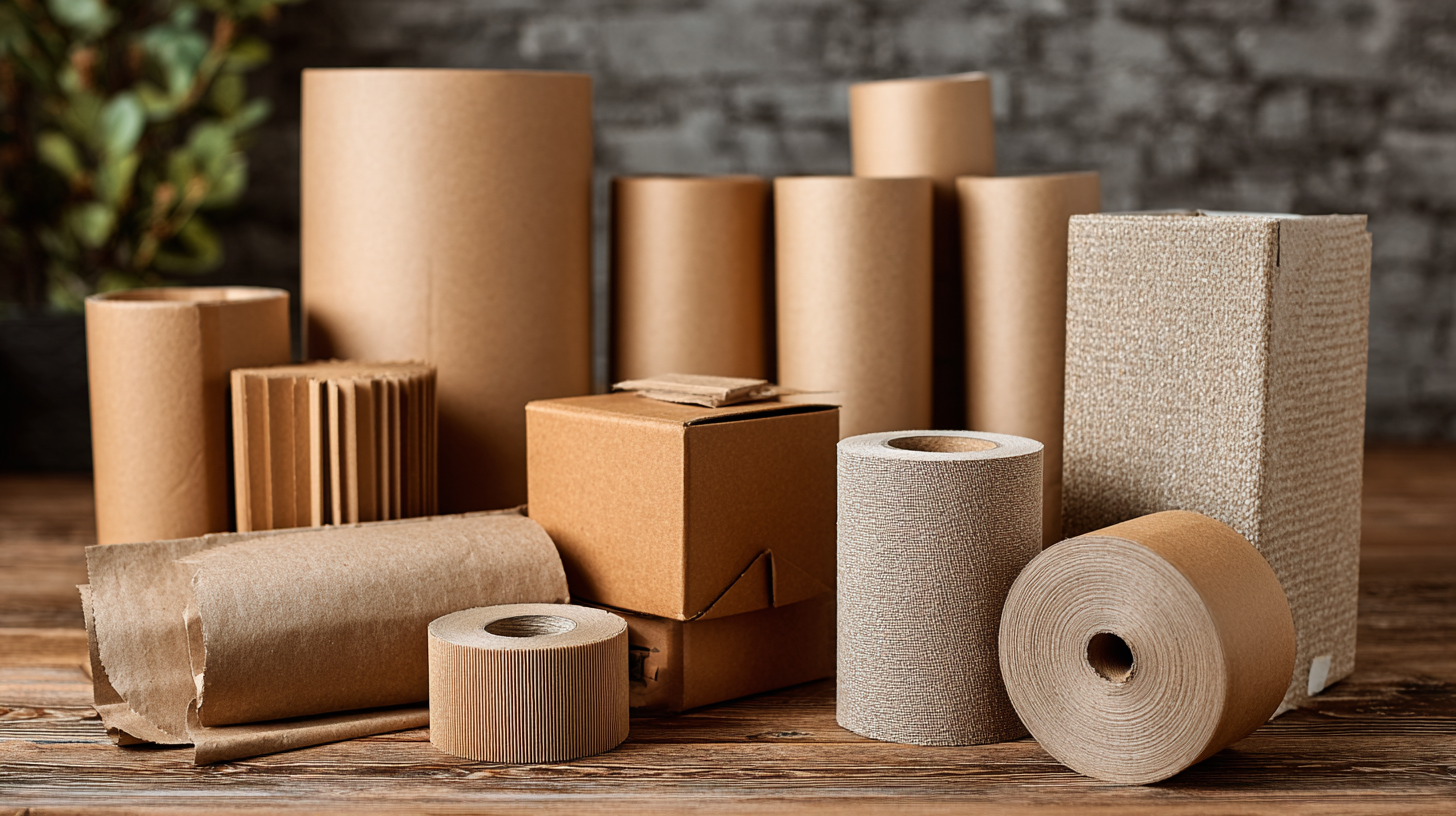
Companies are now exploring innovative alternatives such as bioplastics, recycled cardboard, and plant-based materials to enhance sustainability. By embracing these changes and providing eco-friendly packaging solutions, brands can successfully align with consumer values while contributing to a more sustainable future.
Understanding the Importance of Sustainable Packaging in Eco-Friendly Products
Sustainable packaging plays a crucial role in the development and success of eco-friendly products. As global awareness of environmental issues rises, consumers are increasingly seeking products that not only meet their needs but also minimize ecological impact. Sustainable packaging materials, such as biodegradable plastics, recycled paper, and glass, help reduce waste and lower carbon footprints. By choosing these materials, companies can demonstrate their commitment to environmental stewardship, fostering greater trust and loyalty among environmentally-conscious consumers.
Moreover, the importance of sustainable packaging extends beyond just consumer preferences; it is essential for regulatory compliance and brand differentiation. With governments around the world implementing stricter regulations on waste management and plastic usage, businesses that adopt eco-friendly packaging solutions are not only adhering to legal guidelines but also positioning themselves as leaders in sustainability. This proactive approach not only mitigates risks associated with compliance but also enhances brand reputation, making sustainability an integral part of modern marketing strategies. As the demand for eco-friendly products continues to grow, the shift toward sustainable packaging materials becomes increasingly vital in driving the future of responsible consumerism.
Evaluating Various Eco-Friendly Materials for Packaging Applications
In recent years, the shift towards sustainable packaging materials has gained significant momentum, driven by the increasing public demand for eco-friendly products. Various materials, including biodegradable plastics, recycled paper, and plant-based composites, have emerged as viable alternatives to traditional packaging. According to a report by Smithers Pira, the global sustainable packaging market is expected to reach $500 billion by 2027, signaling a profound transformation in how products are packaged.
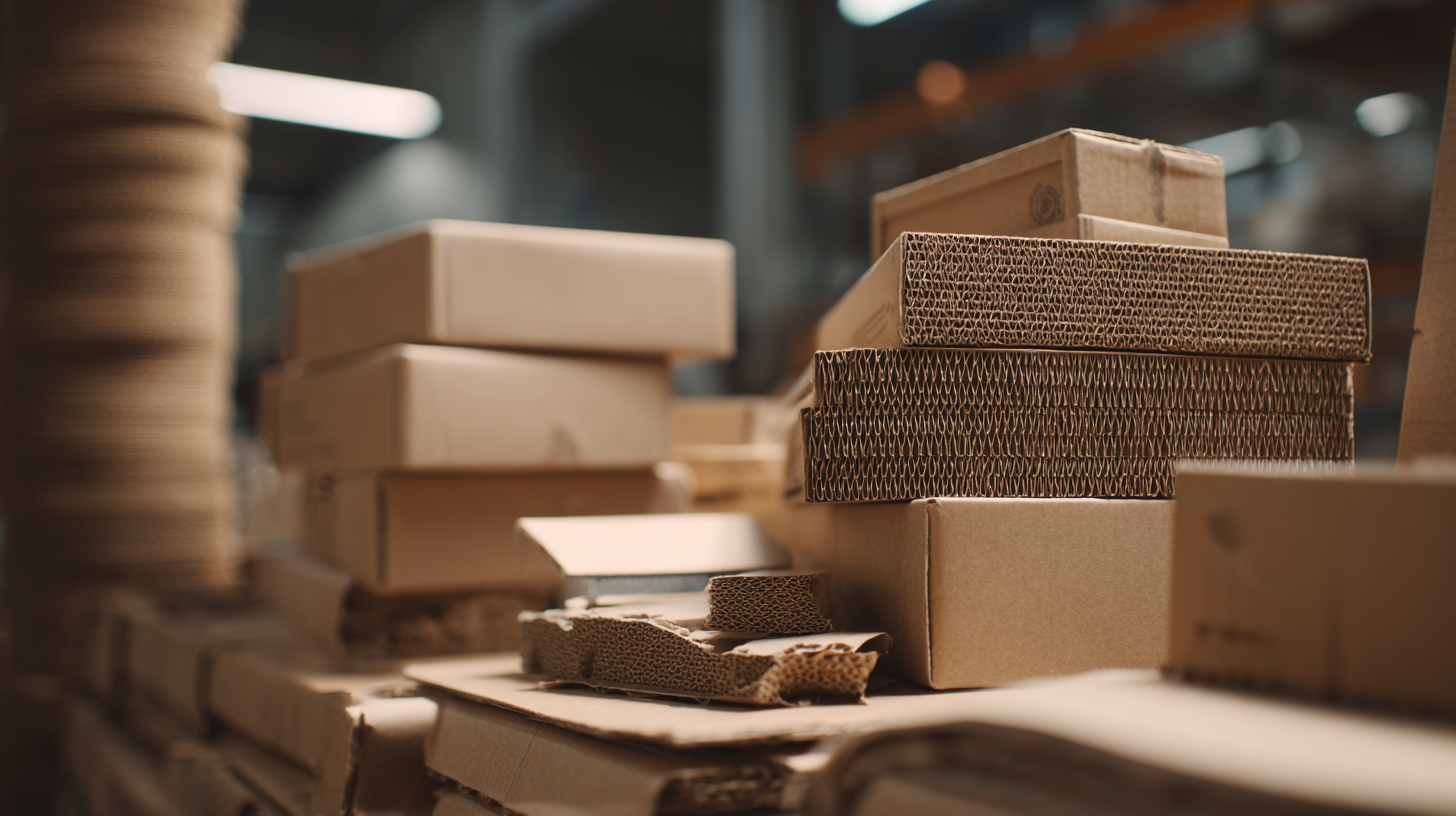 When evaluating eco-friendly materials for packaging applications, it’s essential to consider their environmental impact, functionality, and consumer acceptance. Biodegradable plastics, for instance, can decompose in natural environments but may require specific industrial processes to break down effectively. Additionally, recycled paper not only reduces waste but also minimizes energy consumption during production. The rise of plant-based composites, made from renewable resources like corn starch or bamboo, presents a promising avenue, with research indicating that these materials perform comparably to their conventional counterparts.
When evaluating eco-friendly materials for packaging applications, it’s essential to consider their environmental impact, functionality, and consumer acceptance. Biodegradable plastics, for instance, can decompose in natural environments but may require specific industrial processes to break down effectively. Additionally, recycled paper not only reduces waste but also minimizes energy consumption during production. The rise of plant-based composites, made from renewable resources like corn starch or bamboo, presents a promising avenue, with research indicating that these materials perform comparably to their conventional counterparts.
Tips: When selecting sustainable packaging, look for certifications such as FSC (Forest Stewardship Council) for paper products or ASTM D6400 for compostable plastics. Additionally, consider the lifecycle of the material—opt for options that minimize carbon footprints and utilize renewable resources whenever possible. Engaging consumers with clear messaging about the environmental benefits of your packaging can also enhance brand loyalty and appeal.
How to Choose the Right Sustainable Packaging for Your Product
When selecting the right sustainable packaging for your product, it's essential to consider both the environmental impact and the market trends associated with consumer preferences. According to recent reports, the beverage packaging market is expected to reach a value of $113.44 billion by 2025, with a compound annual growth rate (CAGR) of 2.5% projected until 2033. This growth signifies a broader acceptance of sustainable practices in consumer goods, highlighting the importance of eco-friendly materials in packaging solutions.
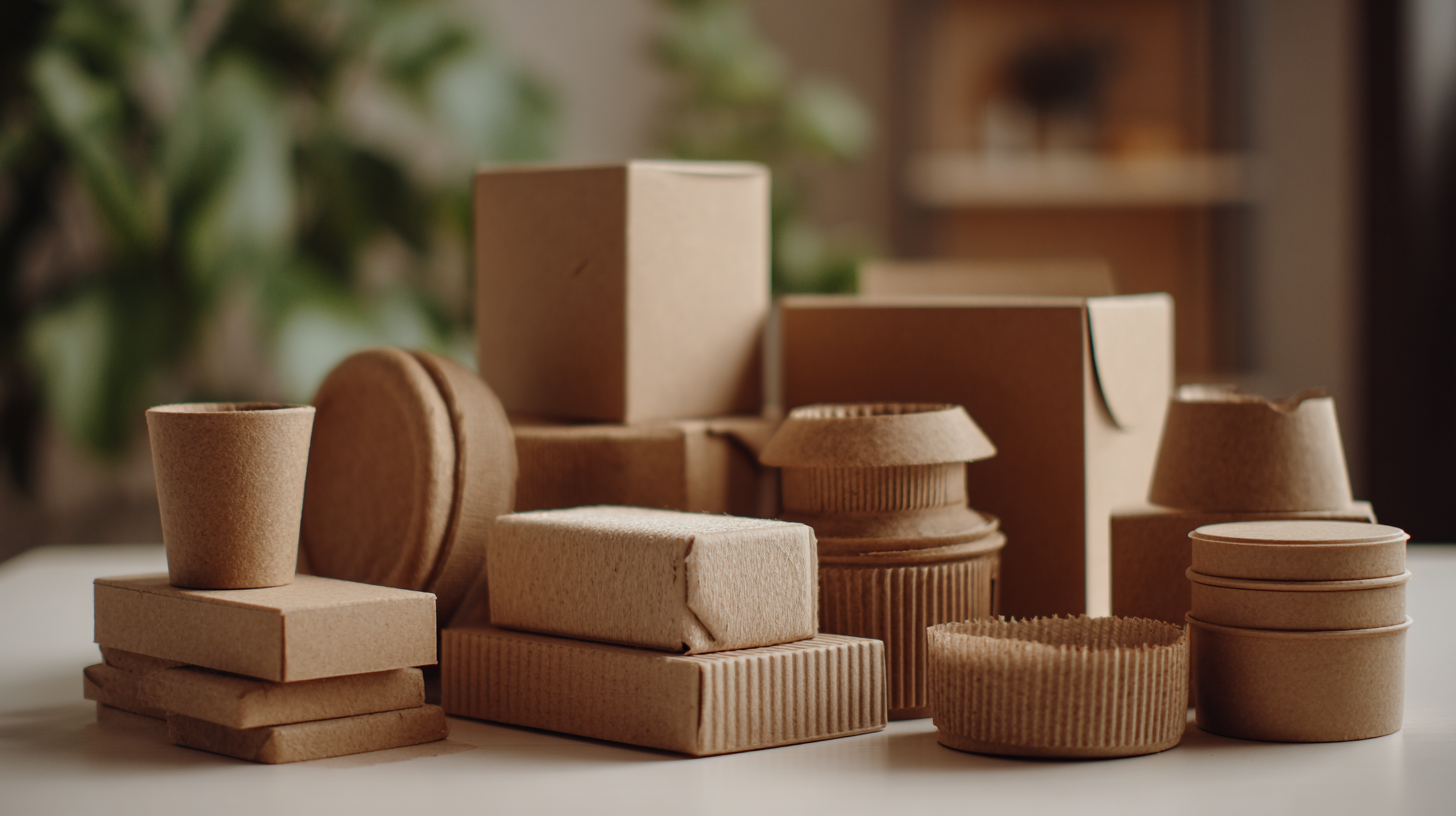
DHL has been a frontrunner in advocating for environmentally friendly packaging, focusing on optimizing packaging designs and utilizing recyclable materials to aid companies in achieving sustainability goals. The sustainable packaging equipment market is estimated to exceed $157.6 billion by 2024, driven by the surge in e-commerce and rising demand for packaged goods, with expected growth rates exceeding 7.3% from 2025 to 2034. This trend indicates that businesses must prioritize sustainable packaging options not only to meet regulatory standards but also to align with consumer values and expectations, ultimately driving brand loyalty and market competitiveness.
Implementing Innovative Design Strategies for Eco-Conscious Packaging
The demand for sustainable packaging materials is growing rapidly in the fast-moving consumer goods (FMCG) market, projected to expand from $823.83 billion in 2024 to $1.3408 trillion by 2032, reflecting a compound annual growth rate of 6.28%. Innovative design strategies are becoming essential for brands, particularly in the beauty industry, where 72% of consumers reported that packaging design influences their decision to try new products. This trend underscores the importance of eco-friendly aesthetics, turning sustainable packaging into a lucrative business opportunity.
To implement these innovative strategies, brands can focus on sourcing biodegradable materials and adopting minimalistic designs that reduce waste. Utilizing reusable packaging and emphasizing the eco-friendly credentials in marketing campaigns can further enhance brand reputation. According to industry reports, over 70% of beauty brands are now integrating sustainable solutions to align with consumer preferences, indicating a significant shift towards responsible packaging practices.
**Tips for Sustainable Packaging:**
1. Consider investing in compostable materials to minimize environmental impact.
2. Utilize designs that encourage reuse, such as refillable containers, to foster customer loyalty.
3. Highlight your commitment to sustainability through transparent messaging, which can resonate with eco-conscious consumers.
Exploring Sustainable Packaging Materials: Transforming the Future of Eco-Friendly Products
| Material Type | Biodegradability | Recyclability | Source | Innovative Design Features |
|---|---|---|---|---|
| Bioplastics | Yes | Yes | Plant-based sources | Compostable options |
| Recycled Paper | Yes | Yes | Post-consumer waste | Customizable textures |
| Mushroom Packaging | Yes | No | Mycelium | Natural aesthetic |
| Glass | Yes | Yes | Minerals | Durable & reusable |
| Bamboo Fiber | Yes | No | Bamboo plants | Natural antibacterial properties |
Measuring the Impact of Sustainable Packaging on Consumer Behavior and Business Success
Sustainable packaging is not just an environmental initiative; it is rapidly becoming a significant factor influencing consumer choices and business success. According to a recent study, 72% of consumers are willing to pay more for products that use sustainable packaging. This trend reflects a growing awareness around environmental issues and a collective push towards reducing waste. Businesses that invest in eco-friendly packaging can leverage this consumer sentiment, enhancing their brand loyalty and appeal.
Moreover, the impact of sustainable packaging extends beyond consumer behavior; it also contributes positively to a company's bottom line. Research indicates that brands incorporating sustainable practices witness an increase in sales by up to 30%. Furthermore, companies that adopt sustainable packaging strategies report improved operational efficiencies, which can lead to cost savings in the long run. By aligning their packaging with sustainable principles, businesses not only meet consumer demands but also gain a competitive edge in an increasingly eco-conscious marketplace.
Impact of Sustainable Packaging on Consumer Behavior
This bar chart illustrates the various impacts of sustainable packaging on consumer behavior, highlighting the significant percentages of consumers who exhibit increased purchase intent, preference for eco-friendly products, willingness to pay more, brand loyalty, and a positive brand image. The data reflects the growing importance of sustainable packaging in influencing consumer decisions.
Related Posts
-
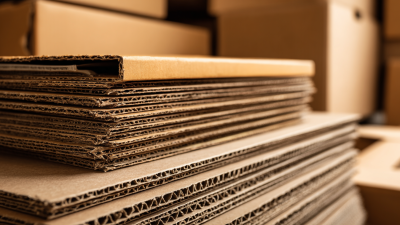
Navigating International Standards: How Best Cardboard Packaging Meets Global Import Certification Requirements
-
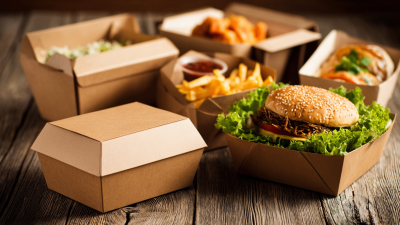
How to Choose the Best Food Packaging Boxes for Your Business Needs
-

7 Innovative Tips for Selecting the Best Packaging Supplies for Your Business
-
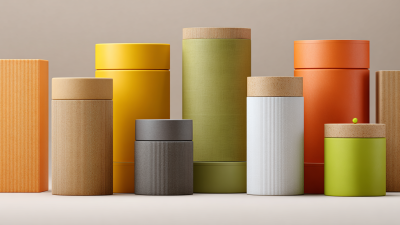
Innovative Trends in Containers and Packaging Shaping Sustainable Consumer Choices for 2024
-

The Essential Guide to Choosing the Right Honeycomb Packing Paper for Your Business
-

7 Secrets to Choosing the Best Pallet Shrink Wrap Machine for Your Business
